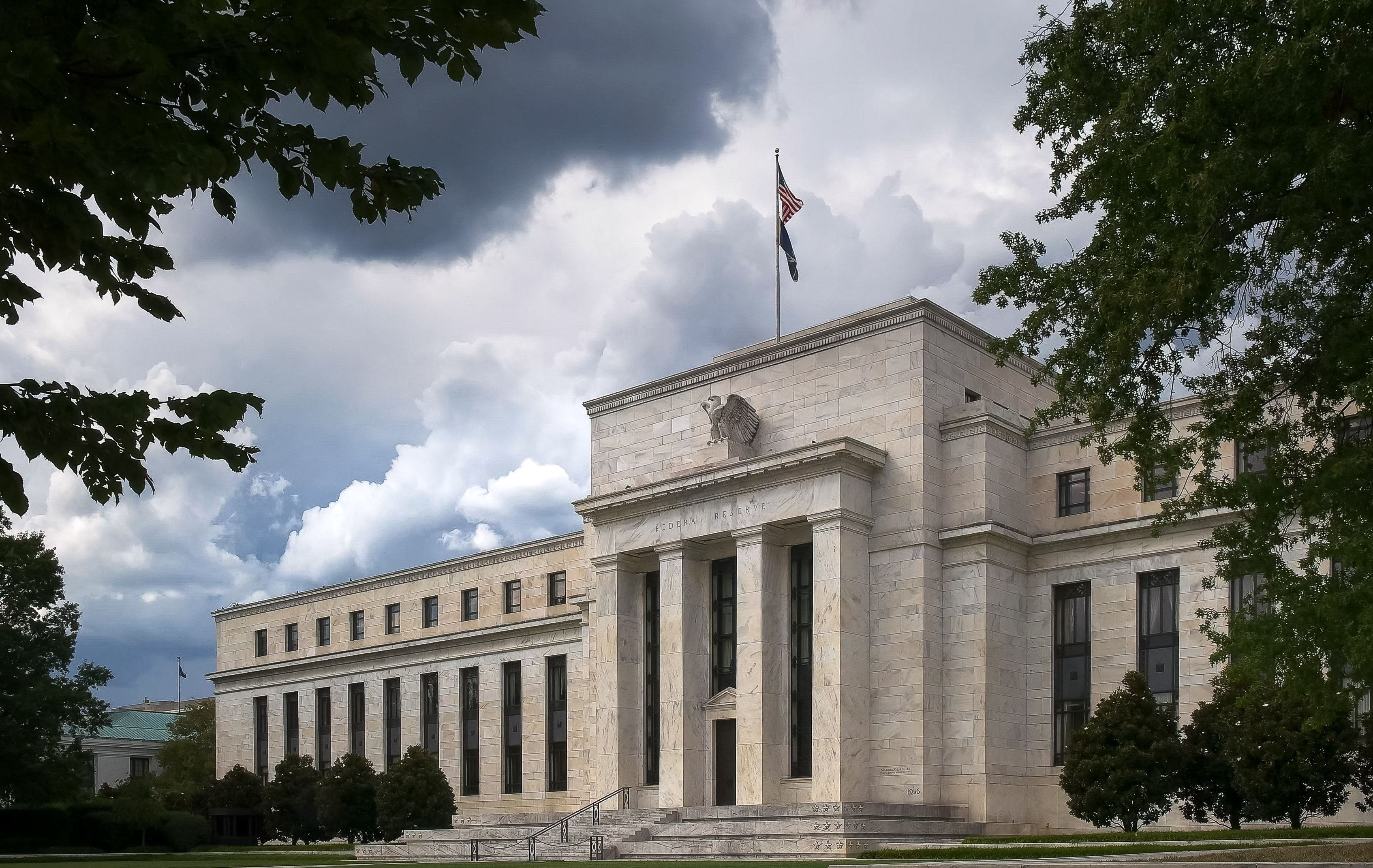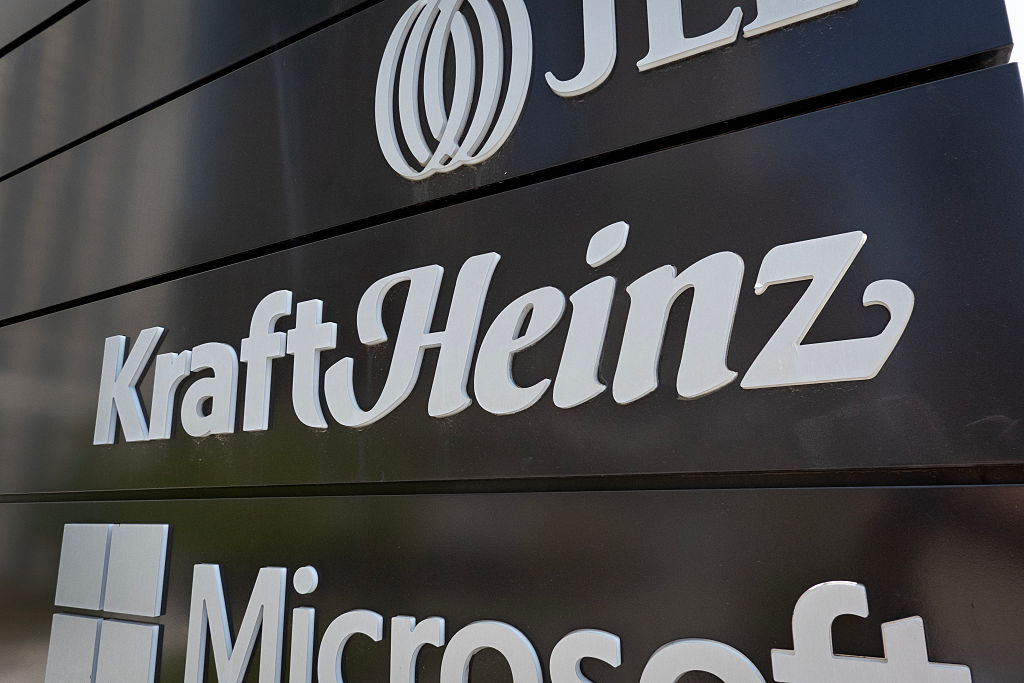Alternative Investments Offer Stability in a Rocky Market
Managers of these investments work hard to detach them from the direction of stocks and bonds

Maybe it takes a swooning stock market to focus the mind on alternative assets, a category that most people ignored over the past few years as share prices soared to new highs. But following the recent stock market plunge, alternatives, which have little to no correlation with the stock and bond markets, are looking more appealing.
Consider what occurred during the summer slump. Standard & Poor’s 500-stock index plunged 11% between August 10 and August 25. Over the same period, managed futures mutual funds, which use futures contracts to track trends in various markets, nearly broke even, on average. And market-neutral mutual funds—which seek to reduce risk by offsetting stock holdings with roughly equal positions in stocks that are sold short (a bet on falling prices)—lost just 1.2%, on average.
How much of your portfolio should you devote to alternatives? Chris Geczy, an adjunct professor of finance at the University of Pennsylvania’s Wharton School, suggests at least 10% of your assets, which should provide some cushion when the stock market tanks. With alternatives, “you may not make as much during a bull market in stocks, but you won’t see the same declines, either,” he says.
From just $107.88 $24.99 for Kiplinger Personal Finance
Become a smarter, better informed investor. Subscribe from just $107.88 $24.99, plus get up to 4 Special Issues

Sign up for Kiplinger’s Free Newsletters
Profit and prosper with the best of expert advice on investing, taxes, retirement, personal finance and more - straight to your e-mail.
Profit and prosper with the best of expert advice - straight to your e-mail.
The mutual fund industry has produced a slew of alternative offerings in recent years. The category includes a hodgepodge of diverse strategies, so choosing the right one is key. Morgan Stanley says that multi-strategy alternative funds, managed futures funds and market-neutral stock funds make sense now.
In the first category is IQ Hedge Multi-Strategy Tracker ETF (symbol QAI), an exchange-traded fund that tracks an index of six alternative strategies. Altegris Futures Evolution Strategy N (EVONX), a mutual fund, combines managed futures with an actively managed bond portfolio. A rise in takeovers enhances the appeal of merger funds. They typically buy stock in a targeted firm after a deal is announced. We favor the aptly named Merger Fund (MERFX), a member of the Kiplinger 25. Finally, consider TFS Market Neutral (TFSMX), which invests mostly in small-company stocks, maintaining a market-neutral stance by holding an equal ratio of long and short positions.
Profit and prosper with the best of Kiplinger's advice on investing, taxes, retirement, personal finance and much more. Delivered daily. Enter your email in the box and click Sign Me Up.

-
 Don't Wait Until January: Your Year-End Health Checklist to Kickstart 2026
Don't Wait Until January: Your Year-End Health Checklist to Kickstart 2026Skip the fleeting resolutions and start the new year with a proactive plan to optimize your longevity, cognitive health, and social vitality.
-
 Premium Rewards Cards: More Perks, Higher Fees
Premium Rewards Cards: More Perks, Higher FeesSome issuers are hiking the annual fee on their flagship luxury credit cards by hundreds of dollars. Are they still worth using?
-
 3 Trips to Escape the Winter Doldrums, Including An Epic Cruise
3 Trips to Escape the Winter Doldrums, Including An Epic CruiseThree winter vacation ideas to suit different types of travelers.
-
 What Fed Rate Cuts Mean For Fixed-Income Investors
What Fed Rate Cuts Mean For Fixed-Income InvestorsThe Fed's rate-cutting campaign has the fixed-income market set for an encore of Q4 2024.
-
 What the Rich Know About Investing That You Don't
What the Rich Know About Investing That You Don'tPeople like Warren Buffett become people like Warren Buffett by following basic rules and being disciplined. Here's how to accumulate real wealth.
-
 How to Invest for Rising Data Integrity Risk
How to Invest for Rising Data Integrity RiskAmid a broad assault on venerable institutions, President Trump has targeted agencies responsible for data critical to markets. How should investors respond?
-
 The Most Tax-Friendly States for Investing in 2025 (Hint: There Are Two)
The Most Tax-Friendly States for Investing in 2025 (Hint: There Are Two)State Taxes Living in one of these places could lower your 2025 investment taxes — especially if you invest in real estate.
-
 The Final Countdown for Retirees with Investment Income
The Final Countdown for Retirees with Investment IncomeRetirement Tax Don’t assume Social Security withholding is enough. Some retirement income may require a quarterly estimated tax payment by the September 15 deadline.
-
 What Tariffs Mean for Your Sector Exposure
What Tariffs Mean for Your Sector ExposureNew, higher and changing tariffs will ripple through the economy and into share prices for many quarters to come.
-
 How to Invest for Fall Rate Cuts by the Fed
How to Invest for Fall Rate Cuts by the FedThe probability the Fed cuts interest rates by 25 basis points in October is now greater than 90%.
-
 Are Buffett and Berkshire About to Bail on Kraft Heinz Stock?
Are Buffett and Berkshire About to Bail on Kraft Heinz Stock?Warren Buffett and Berkshire Hathaway own a lot of Kraft Heinz stock, so what happens when they decide to sell KHC?